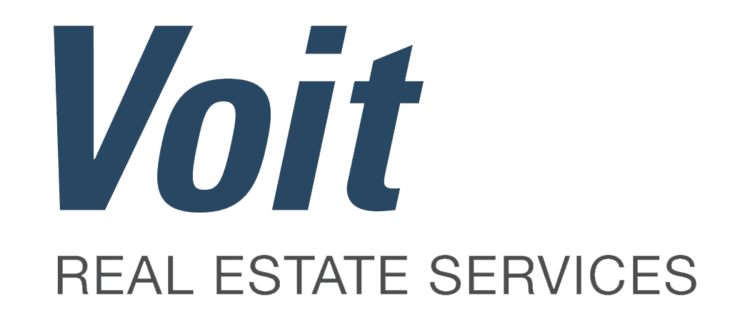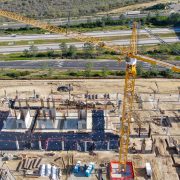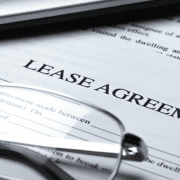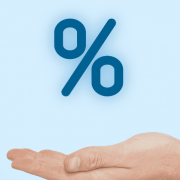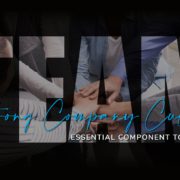The Importance of Transition Planning for Owner/Users
The successful execution of any business initiative begins with a good plan. This is especially true when it comes to the complexities of integrating your real estate disposition strategy with a transition and succession plan for your business as you contemplate retirement.
If you are a San Diego area business owner who also owns the building you operate from, chances are you think more about your business every day than you do your real estate. That makes good sense given how rapidly things change in your business versus the investment you made to create a home for it. To be sure, real estate is a long-term investment and your primary concern over it day-to-day is whether or not it supports your operational efficiency. Even if your equity in it is growing every day, it’s your business that keeps the lights on.
That said, that long-term investment that you made in your property may turn out to be worth more than your business when it comes time to transitioning into retirement. While you own it, it helps you control your occupancy cost, reap tax benefits to you as the owner and serves as a wealth building engine fueled by value appreciation and principal pay-down of your mortgage. All good things that have attracted thousands of entrepreneurs like you to the owner/user concept for decades.
As real estate professionals we interact with owner/users every day, and we find many similarities in the thought process regarding the real estate ownership aspect of the equation. Business owners tend to look at their business and their real estate separately rather than as wealth generators that are deeply connected to one another, especially when the time comes to transition into retirement. Put another way, they think that developing a real estate exit strategy is something that comes after everything else is figured out. Our experience has shown us that the best outcomes are achieved when both are considered at the same time because each can impact the value, timing and exit structure of the other.
While we are not experts in determining the value of any particular business, we are finely tuned to what’s going on in the real estate world, and we can say without hesitation that when a property is sold or exchanged will determine the price and terms. For example, a 20,000-square-foot industrial building acquired for $100 per square foot in 2011 would have sold for $400 per square foot in mid-2022 when the market seemed to peak. That’s a $6 million dollar difference in value from the bottom to the top of one real estate cycle. When we hear a business owner tell us he plans to sell his building “in a few years” after he sells his business and retires, he is clearly thinking about his two primary wealth generators separately, and is at risk of leaving millions in retirement income on the table. That same owner could have sold that 20,000-square-foot building near the peak and leased another property for his business for those remaining “few” years with millions more set aside for retirement.
Now, not everyone buys at the bottom and sells at the top. Those who actually do both are, to say the least, fortunate. And this is just an example, but there are others, lots of them, and it may be in your best interest to explore them all well in advance of your retirement transition. That’s where we can be of service. Your Voit professional has the experience, tools and resources for you to study all your options and figure out which one is best for you. We are confident that it will be time well spent, and we look forward to being of service.
